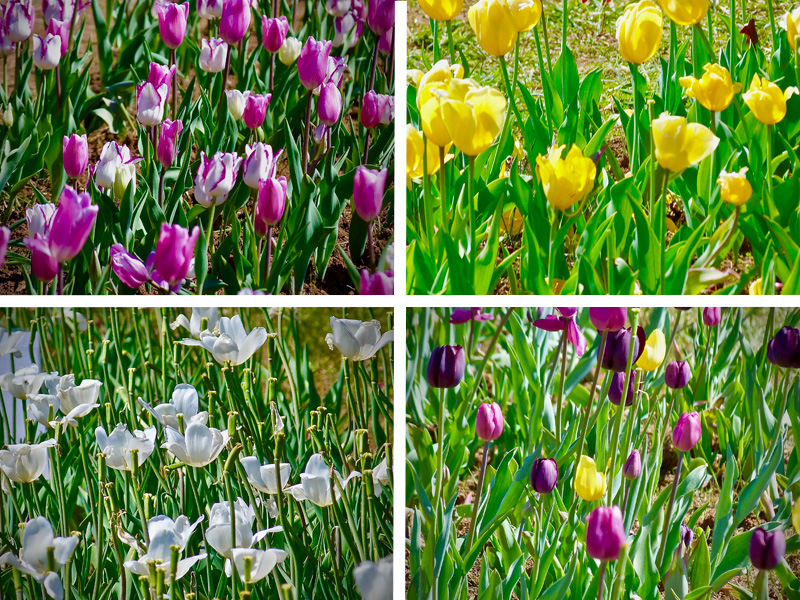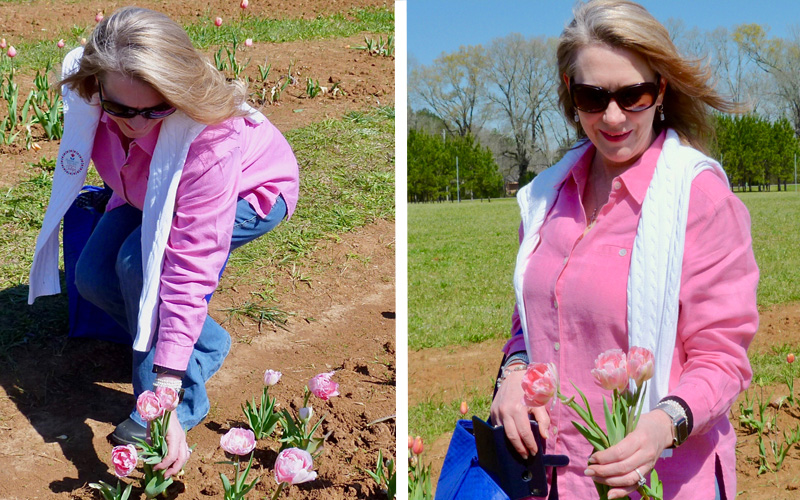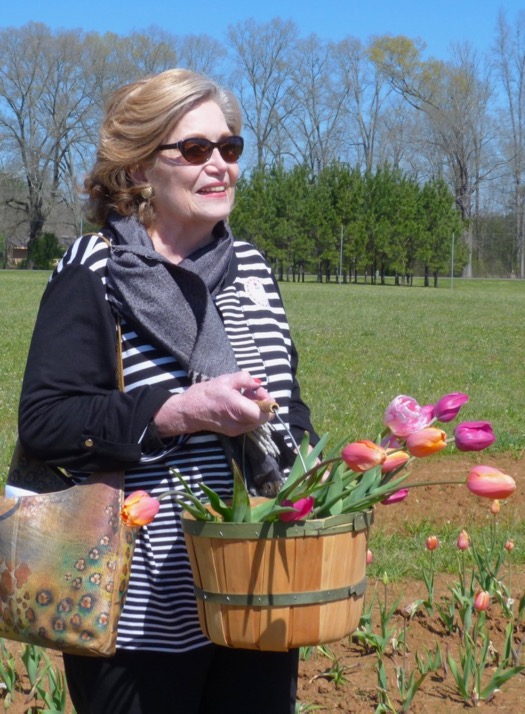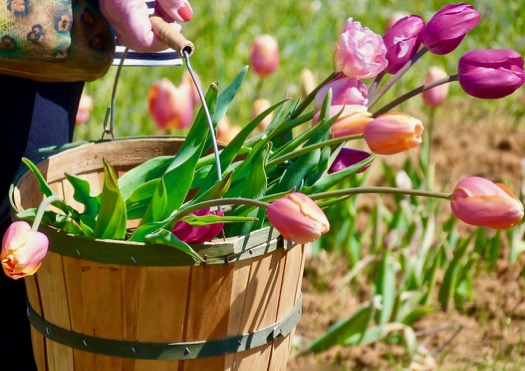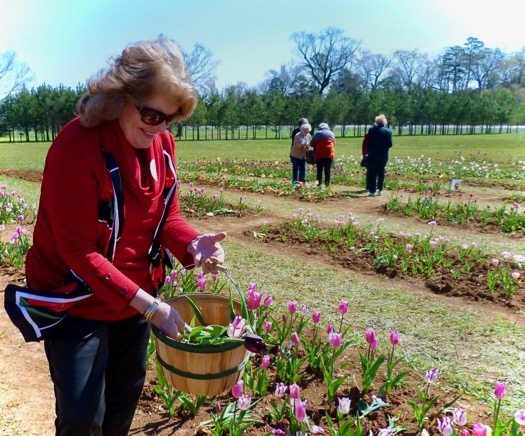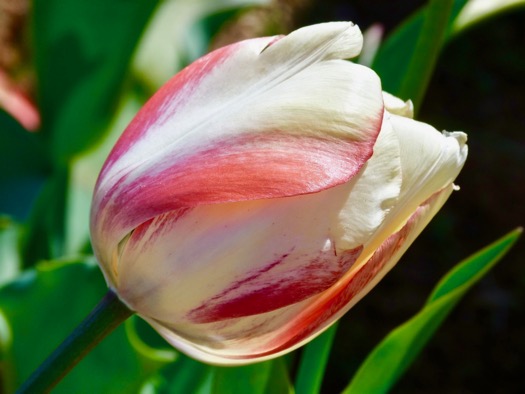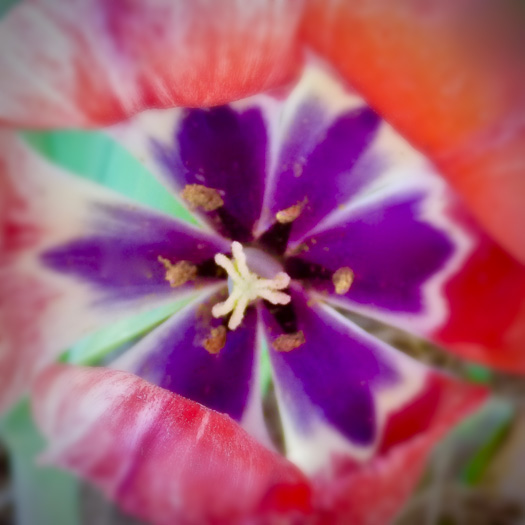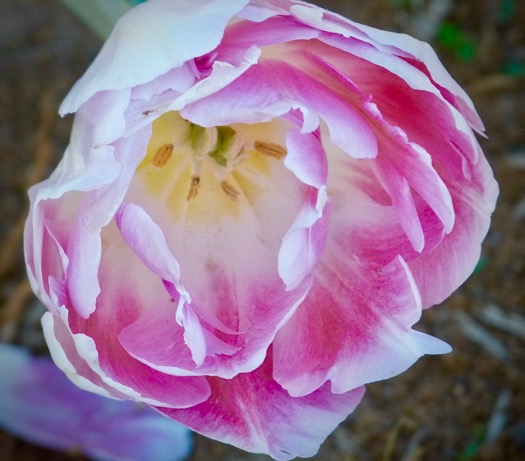Millions of Daffodils, and More!
 Wednesday, March 28, 2018 at 11:00PM
Wednesday, March 28, 2018 at 11:00PM One's senses can hardly process the grandeur of the impressive sweep of daffodils - waves of them covering hills and lining paths through the woods, edging streams and covering meadows - for which Gibbs Gardens in northern Georgia is noted. Last year when I visited in April, I missed the daffodils, advertised to number 20 million. While the April scenery was spectacular, I wanted to go back in March this year to see those daffodils. Did I see 20 million? Not quite. It seems the daffodils are planted so there are successive blooms of early, mid, and late blooming varieties. I saw the mid bloomers, so about a third - only 6 to 7 million, with lots of foliage to attest to the presence of the other 13 million. No complaints from me; it was wonderful! Here are images of all those daffodils, and more!
Last year when I visited in April, I missed the daffodils, advertised to number 20 million. While the April scenery was spectacular, I wanted to go back in March this year to see those daffodils. Did I see 20 million? Not quite. It seems the daffodils are planted so there are successive blooms of early, mid, and late blooming varieties. I saw the mid bloomers, so about a third - only 6 to 7 million, with lots of foliage to attest to the presence of the other 13 million. No complaints from me; it was wonderful! Here are images of all those daffodils, and more!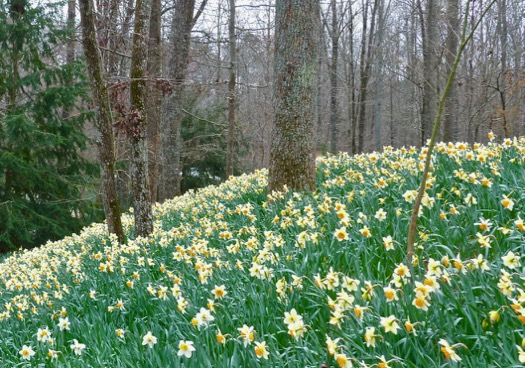


While the mass of daffodils is inspiring, one could not fully appreciate their beauty without stoping to examine individual blooms.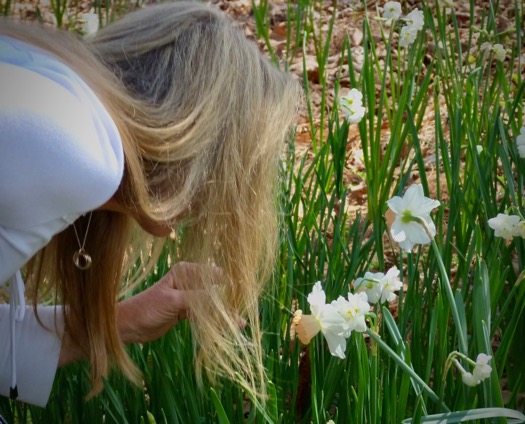


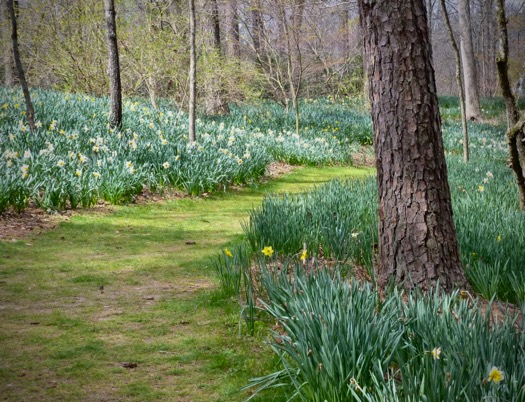
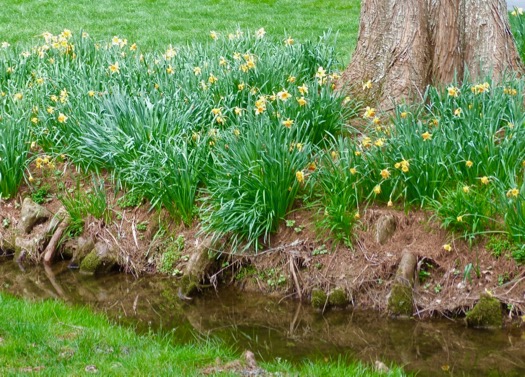
Tulips were also blooming, thousands! The largest display attracted so many people it was impossible to get an image that didn't include lots of people, all taking advantage of the perfect photo opportunity. I finally decided if you can't beat 'em, join 'em! I don't know the people in the following picture, but I couldn't resist a shot of this group taking a selfie.

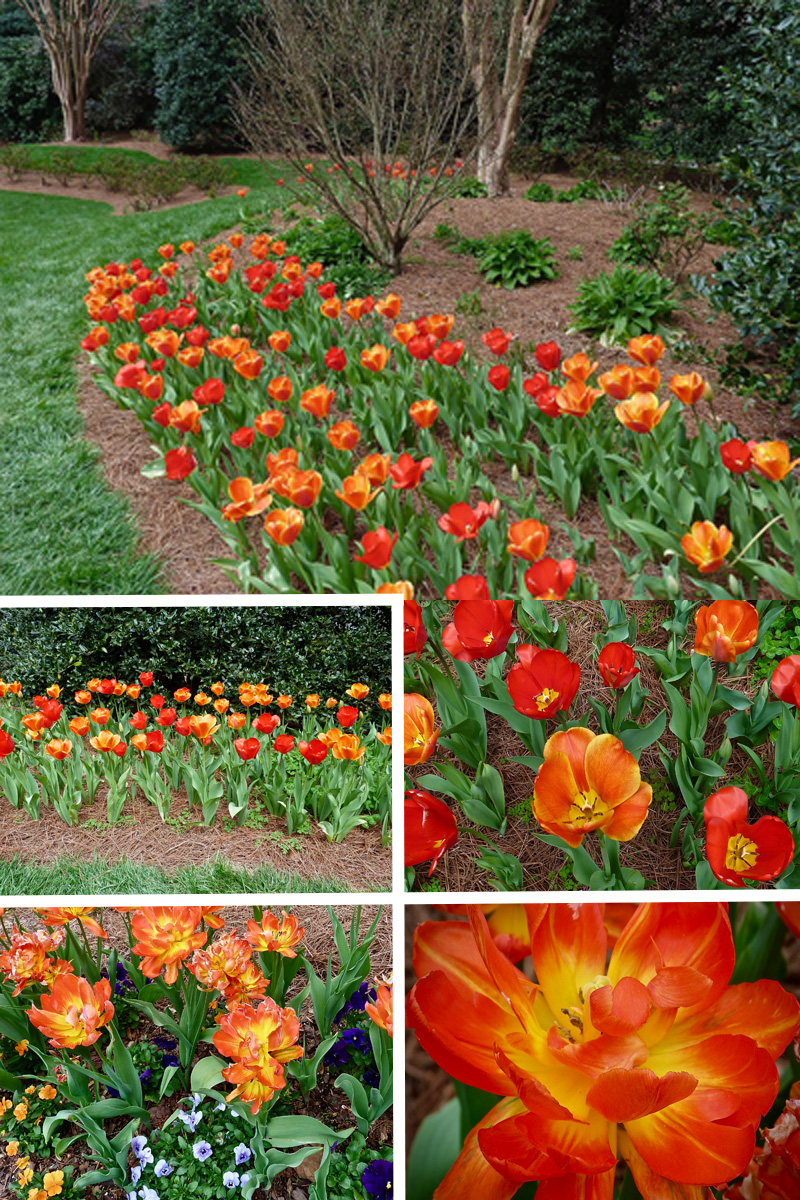
More images of Gibbs Gardens in March:


 Cherry trees were blooming.
Cherry trees were blooming.
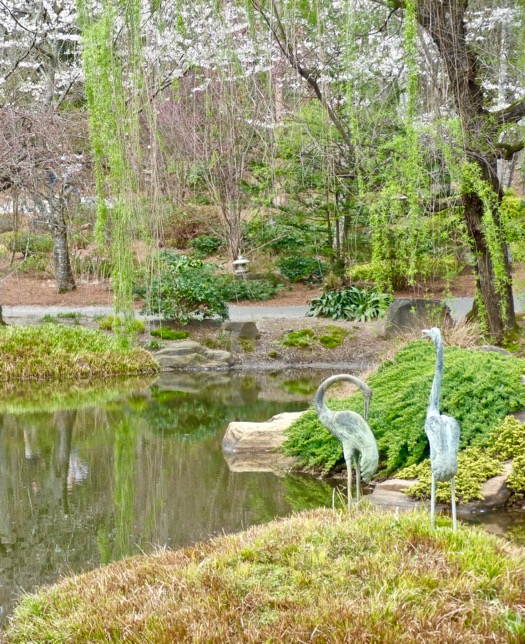
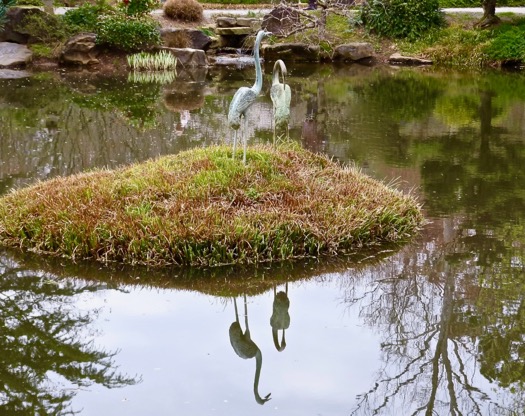
Gibbs gardens has some interesting rock formations. Turtle Rock is one of my favorites:
Here is the world's largest Bonsai!
A couple more structurally interesting trees: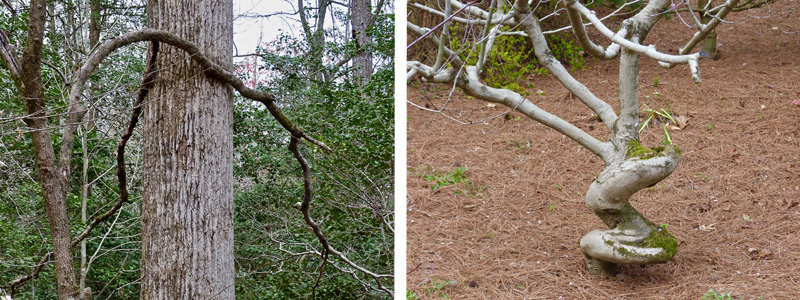
Some great sculptures of Mr. Gibbs' grandchildren:

Finally, some more pretty March blooms: Clockwise from top left:Camellia 'Peppermint'; Kerria japonica; Piers japonica; Trillium (unidentified variety).For additional information about Gibbs Gardens and for photos of it in its April glory, see my previous post Gibbs Gardens, a World-Class Garden in North Georgia. As you can see, one visit is not enough!
Clockwise from top left:Camellia 'Peppermint'; Kerria japonica; Piers japonica; Trillium (unidentified variety).For additional information about Gibbs Gardens and for photos of it in its April glory, see my previous post Gibbs Gardens, a World-Class Garden in North Georgia. As you can see, one visit is not enough!

